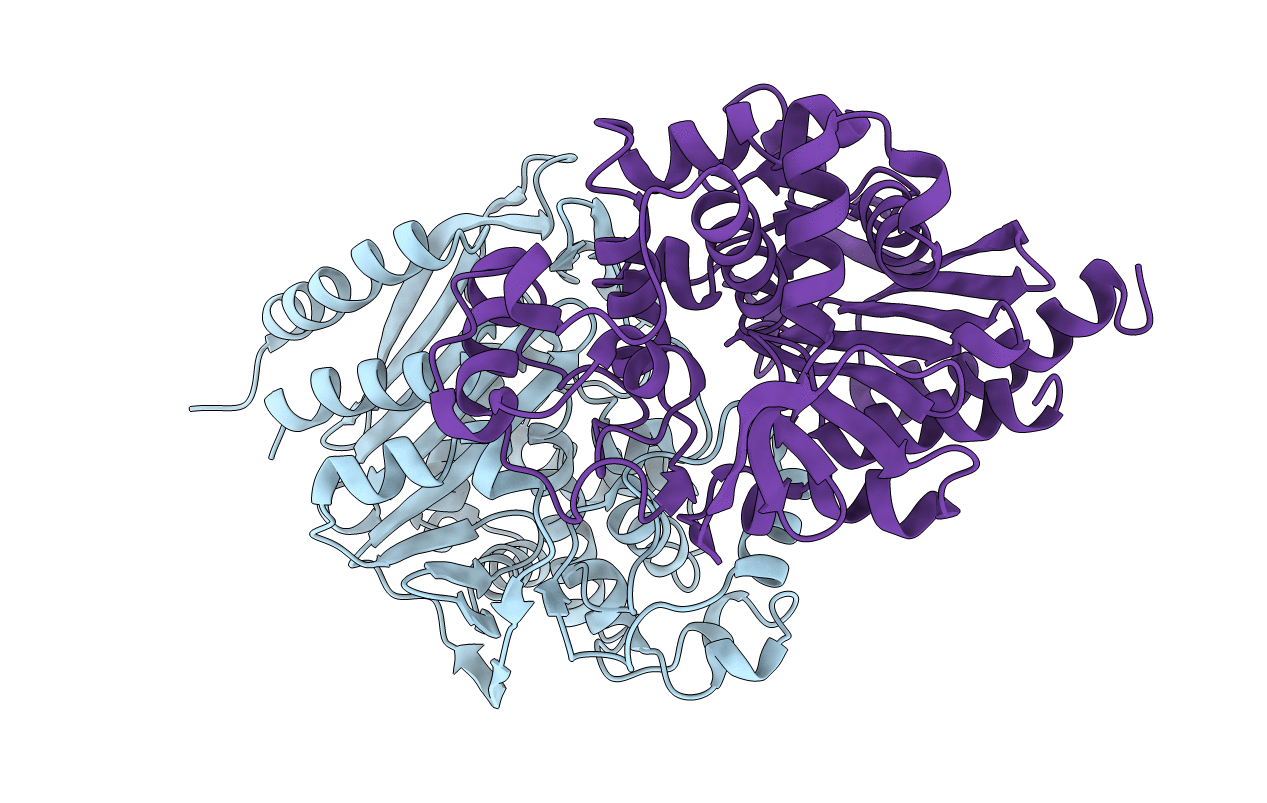
Deposition Date
2000-09-07
Release Date
2001-01-17
Last Version Date
2024-02-07
Entry Detail
PDB ID:
1FR1
Keywords:
Title:
REFINED CRYSTAL STRUCTURE OF BETA-LACTAMASE FROM CITROBACTER FREUNDII INDICATES A MECHANISM FOR BETA-LACTAM HYDROLYSIS
Biological Source:
Source Organism:
Citrobacter freundii (Taxon ID: 546)
Method Details:
Experimental Method:
Resolution:
2.00 Å
R-Value Observed:
0.18
Space Group:
P 21 21 21


